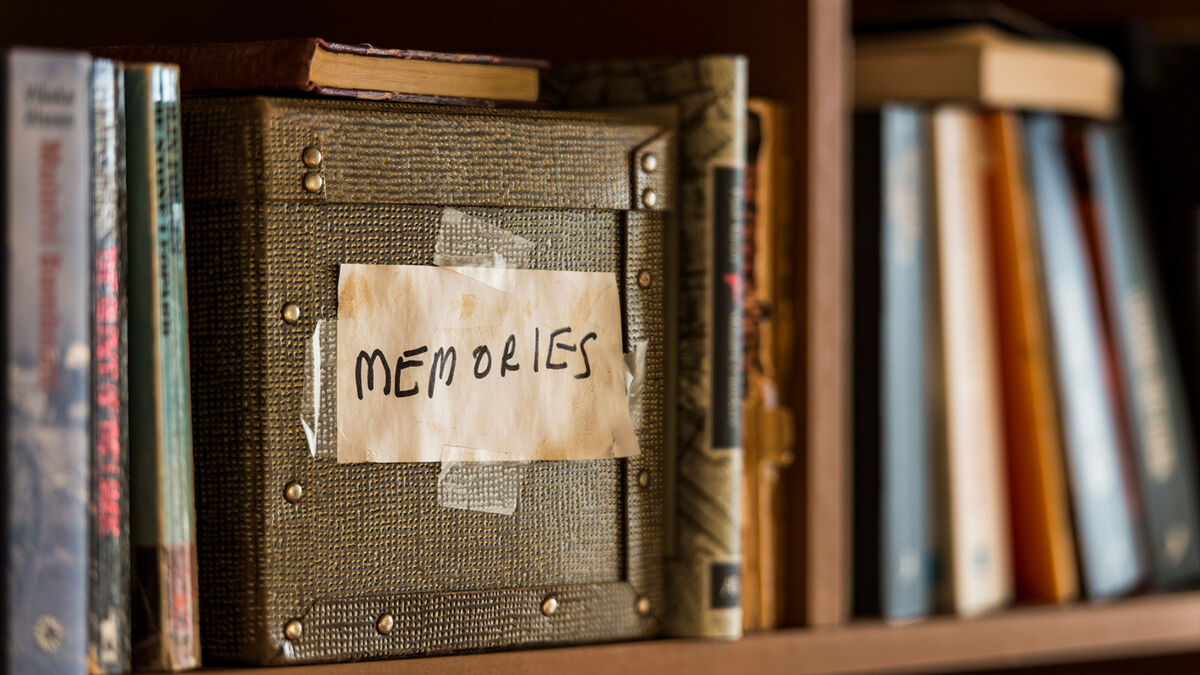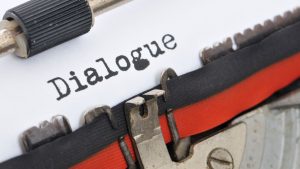
Weaving Past and Future into a Story
Great storytelling often involves more than just a linear sequence of events. The most engaging narratives pull readers forward while offering glimpses into the past, which is why understanding how to use flashbacks and foreshadowing in your stories can be so powerful. These techniques help writers shape a richer, more layered experience for their audience.
Flashbacks allow writers to reveal crucial backstory details that shape a character’s present choices. These moments of reflection bring depth to motivations, conflicts, and emotions. Meanwhile, foreshadowing builds anticipation, creating a sense of intrigue that keeps readers turning pages. A well-placed hint can make an unfolding story feel even more rewarding.
This article explores how to effectively integrate flashbacks and foreshadowing into a story. Understanding when and how to use these techniques can make narratives more compelling, drawing readers deeper into the world and the characters’ lives.
Why Flashbacks Matter in Storytelling
Flashbacks provide essential context, and mastering how to use flashbacks and foreshadowing in your stories can elevate the way you deliver that context. Without them, some stories would feel incomplete, leaving gaps in a character’s motivations or past experiences. When used well, they strengthen emotional connections between the audience and the characters.
A compelling flashback should serve a clear purpose. It might reveal a childhood experience that shaped a character’s personality, explain an old betrayal that fuels current tension, or unveil a secret that shifts the reader’s understanding of events. If a flashback does not add to the present story, it risks becoming a distraction rather than an enhancement.
Timing also plays a role. Inserting a flashback too early can confuse the reader, while delaying it for too long might weaken its emotional impact. The best flashbacks feel like natural interruptions, seamlessly blending with the flow of the story rather than pulling readers away from it.
Different Ways to Introduce Flashbacks
There is no single correct way to introduce a flashback, but knowing how to use flashbacks and foreshadowing in your stories can help you choose the method that best suits the tone and pacing. Some writers opt for a sudden shift in the narrative, using italics or a scene break to transition. Others weave memories into the character’s thoughts, allowing past and present to flow together.
A subtle transition can be as simple as a character noticing an object that sparks a memory. A childhood toy, an old letter, or a familiar scent can effortlessly transport both the character and the reader into the past. This method feels natural and keeps the story immersive.
Dialogue can also trigger a flashback. A question or statement from another character might remind the protagonist of an earlier event, leading them into a moment of reflection. This approach makes the transition feel organic while maintaining the present-day conversation.
The Role of Foreshadowing in Building Suspense
Foreshadowing plants clues that hint at future events. When done well, it adds layers of mystery, allowing readers to anticipate and speculate without fully understanding what’s ahead. It can create tension in thrillers, heighten drama in romances, and add an eerie atmosphere to horror stories.
A good foreshadowing moment does not need to be obvious. Sometimes, the most effective clues are subtle—an offhand comment, a small but unusual detail, or a character’s gut feeling about a situation. Readers may not even notice at first, but when the revelation comes, they recognize the significance of those earlier hints.
This technique keeps readers engaged. A well-placed hint encourages them to pay closer attention, wondering which details will become important later. The key is balance—too much foreshadowing can make a story predictable, while too little might leave twists feeling unearned.
Using Symbolism to Foreshadow Future Events
Symbolism is a natural way to introduce foreshadowing without making it obvious. A recurring image, such as a broken clock, a dying tree, or a shadow moving in the distance, can subtly hint at changes to come. These details create an underlying sense of anticipation.
Sometimes, foreshadowing comes in the form of dialogue. A seemingly casual remark—such as “I have a bad feeling about this” or “That place has a strange history”—can later take on deeper meaning when events unfold. These moments do not need to be over-explained; the best foreshadowing leaves room for interpretation.
Even a shift in the atmosphere can serve as foreshadowing. A sudden storm, an unexpected silence, or a flickering light might signal an upcoming conflict or revelation. These elements build tension without directly revealing what will happen next.
Balancing Flashbacks and Foreshadowing in a Story
Both techniques enhance storytelling, but using them together requires balance. Too many flashbacks can slow down the present story, while excessive foreshadowing might make future twists too predictable. The goal is to maintain a rhythm that keeps readers engaged without overwhelming them.
Flashbacks should be brief and purposeful. Instead of lengthy detours, a well-crafted flashback should provide just enough detail to deepen understanding without stalling momentum. The same applies to foreshadowing—dropping hints too frequently can lessen their impact, making future events feel expected rather than surprising.
Some of the most powerful stories use these techniques in tandem. A piece of foreshadowing early in the story might connect to a flashback later, revealing the significance of a past event. When both methods work together, they create a storytelling experience that feels intricate and satisfying.
Common Pitfalls to Avoid
While flashbacks and foreshadowing can elevate a story, they can also become distractions if not handled carefully. One of the most common mistakes is overloading the reader with too many shifts between past and present, making the timeline feel disjointed.
Another issue is making flashbacks too long. If a memory sequence takes up too much space, it risks pulling the reader out of the present action. The best flashbacks are concise and relevant, delivering necessary information while maintaining the story’s flow.
Foreshadowing can also backfire if it is too heavy-handed. If a story makes the outcome too obvious, it removes the element of surprise. Writers should trust their readers to pick up on subtle clues rather than over-explaining every hint.
Why These Techniques Make Stories More Memorable
Flashbacks and foreshadowing create deeper emotional connections between readers and characters. They make the past feel alive and the future feel uncertain, adding richness to the storytelling experience.
A well-placed flashback allows readers to understand a character’s choices on a more personal level. When they see what shaped a protagonist’s fears, ambitions, or regrets, they become more invested in their journey. Foreshadowing, on the other hand, keeps readers engaged by giving them something to anticipate, creating a sense of momentum.
Stories that effectively use these techniques feel layered and dynamic. They draw readers into a world that feels lived-in, where every moment carries weight. Whether writing a mystery, a romance, or a historical drama, mastering how to use flashbacks and foreshadowing in your stories can bring depth and intrigue to any narrative.

